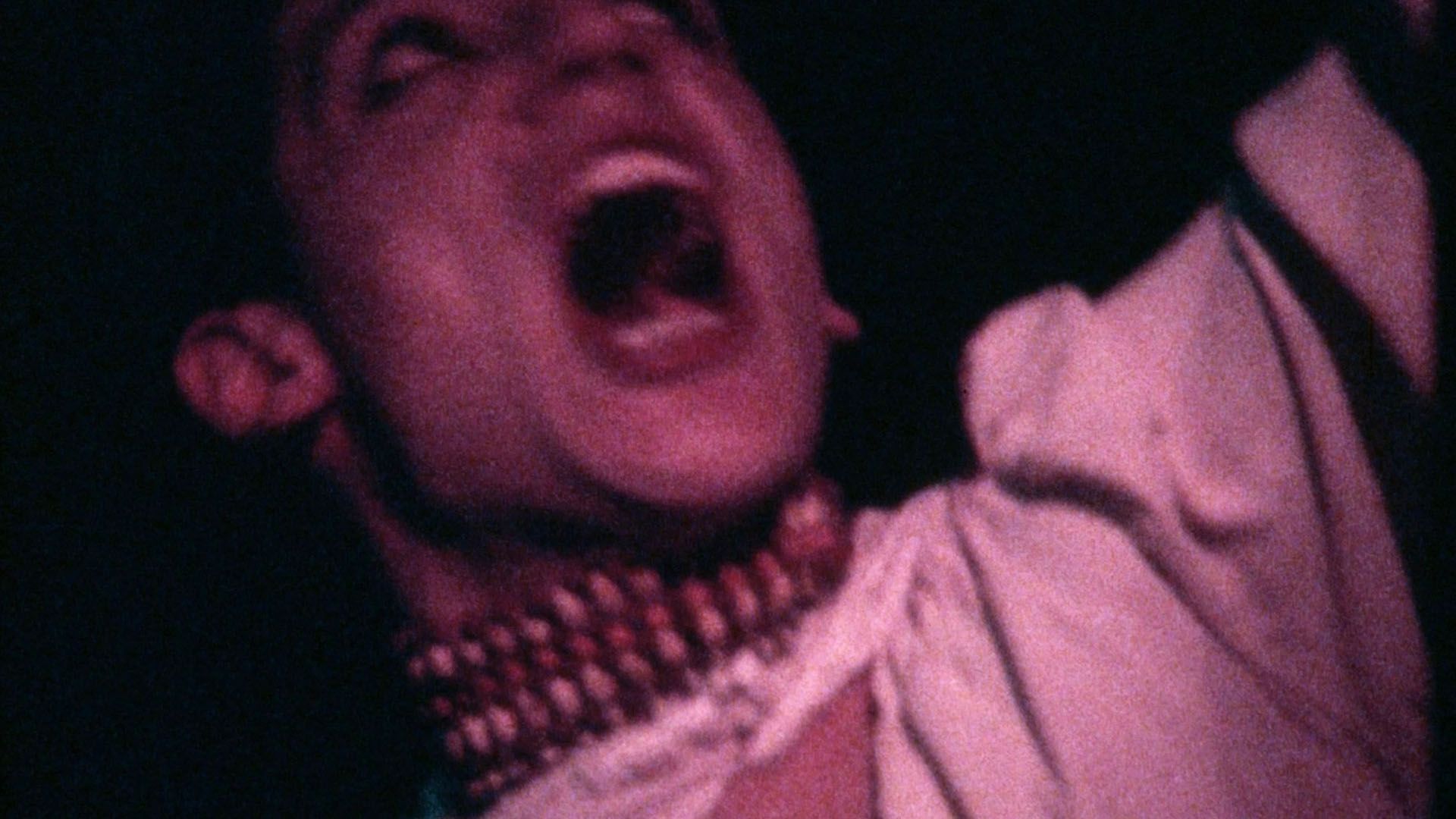A/Z UNSEEN ZULUETA
PROGRAMME 1 (OPENING)
Filmoteca de Galicia | Friday May 26th | 7:00 p.m. | Free entry to all venues until full capacity. It will not be possible to enter the venues after the screening has started.

JOURNEY TO THE END OF NIGHT
This programme shows films of parties with friends and acquaintances, wild parties until all hours of the night. Pleasure as artistic and political expression. Celebration and pleasure, and also their dark side.
- BR (c. 1973)
- Mondra 1 (1980) Sound
- Mondra 2 (1980) Sound
- La novia de Frankenstein (1970-1979)
- CampbellsWillMore1978 79 (1978-1979) Sound
- GISIA BAILE EDURNE Pedro A. Party Carlos Astiarraga (c. 1979)
- Fiesta Ceci Clara / Party Cecilia Roth (c. 1980)
- Party de Barcelona. BARNA BOLLS (c. 1977)
A/Z UNSEEN ZULUETA
A/Z: DIVING INTO IVAN ZULUETA’S PERSONAL FILM ARCHIVE
Iván Zulueta is a kind of black hole in filmmaking. This is a widespread idea that has taken root among film critics and theorists, and has served the purpose of forging a myth around this maudit director. Like any hypothesis, there is a certain amount of truth to it, but one could also argue the opposite. Let’s look a little further. A person with boundless talent and creativity, Zulueta evinces many of the limitations we have, both as spectators and as scholars, when it comes to thinking about cinema and audiovisual creation. A filmmaker, poster artist, illustrator, television director, art designer, actor and photographer, Zulueta defied the boundaries between disciplines, though he was driven by his passion for the (almost always) moving image. If a tracking shot was a moral question for Godard, for Zulueta it was more of a sensorial issue, a hallucination induced by a fascination with the interaction of bodies and lights in front of the camera.
Significantly, Zulueta’s output has generally been addressed from the optic of the feature-length films he directed, Un dos tres, al escondite inglés (Hide and Seek, 1969) and Arrebato (Rapture, 1980) and the handful of surviving short films, many saved thanks to the work of Koldo Mitxelena Kulturunea when organizing the exhibition “Imagen/Enigma” twenty years ago. Since then, the myth surrounding Zulueta has only grown, though, paradoxically, this has not been the case of academic research into his work. In fact, the scant investigation over the last twenty years can be summed up in the aforementioned exemplary exhibition; Iván Z, the documentary made by Andrés Duque in 2004; and “Mientras tanto…”, the exhibition of his photographic work held at La Casa Encendida in 2005.
A few weeks before the lockdown for the pandemic, we visited the warehouse where the material remains of Iván Zulueta’s works and studio had ended up, and we reached a preliminary agreement with his brother, Jaime de Zulueta, to recover them. Without the selfless involvement and work of Virginia Montenegro none of this would have been possible. The operation was concluded in August 2021.
These seven programmes wish to continue exploring Zulueta’s work and, whenever possible, to cast light on his person. Having said that, we are also keenly aware that, as we assembled the programmes, the enigma continued to grow. In them we recovered film footage that we had believed was lost or about which nothing was previously known. In other words, as our point of departure, we ruled out the shorts mentioned earlier which, as we said, have been in circulation in recent years. Therefore, as part of Filmoteca Española’s mission to preserve and promote cinematographic heritage, these sessions are the starting signal announcing further new approaches to his work. The programmes embrace a time span of five decades: from the 1930s to the 80s. One must bear in mind that the material is shown as found. The titles used for the material are the labels on the film reels. On certain occasions it is obvious that the content does not correspond to what we can read on the label, but we have decided to respect the way it has come down to us. When there was no mark or label on the reel, the material is identified as “Untitled”. However, there is one exception to this rule: the series called Cine Album Kodak, whose title was given because the reels were found in a film album and occupy the space of the number attributed. This means that they are not consecutive. In the absence of any other more specific information, the approximate dates have been inferred, whenever possible, from the marks on the film. On some occasions not even this has been possible although the images do in fact speak of a specific time frame. In any case, the research into the materials and their contents is still open and ongoing. It is equally worth pointing out that although the reels (plus those used by Jota, the Spanish musician, songwriter, singer and guitarist of the band Los Planetas, who has work with thirteen more reels) account for practically all the previously unseen material recovered, there are a few that have been left out of the final selection. Not many, but for the sake of clarity, the material shown is not the entirety of the recovered material. In short, we are presenting a previously unseen body of film work of great variety which we hope will further our research and enjoyment of such a complex and unique life and work.
Josetxo Cerdán and Miguel Fernández Labayen
All original materials were shot in 16mm, 8mm and super 8. Digitization was done at 4k. Most of the pieces do not have sound and have been kept that way. Those with sound are indicated in the programs.
